Report provides data on 30 of 50 countries reporting shrimp farming
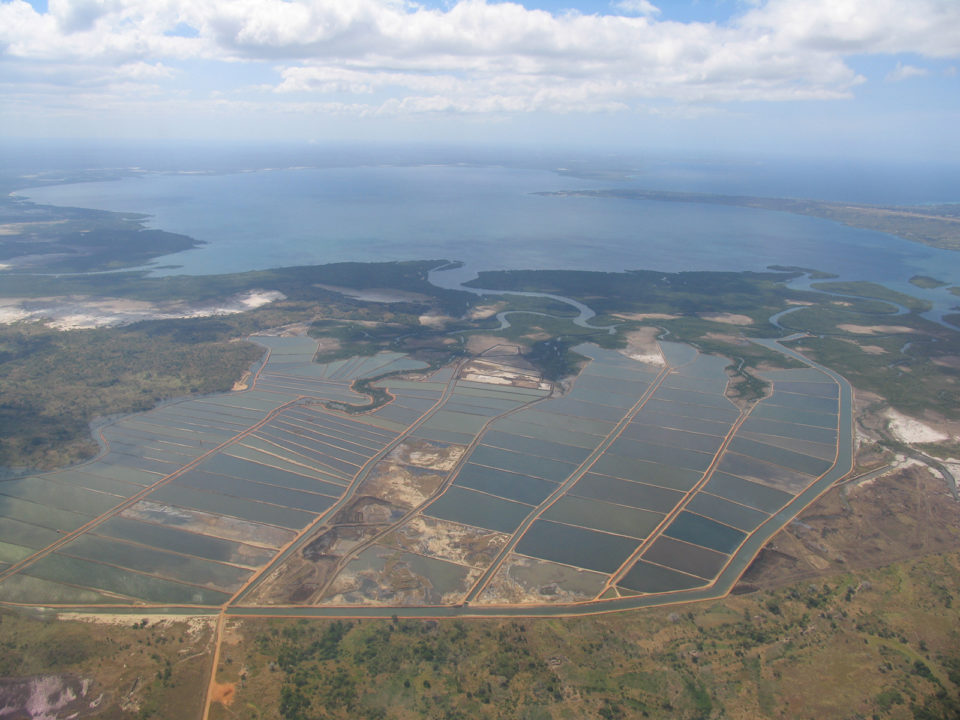
A report on land use in shrimp aquaculture, by Dr. Aaron McNevin and myself, was published in the March 2018 issue of World Aquaculture. We sought information on shrimp pond areas in individual countries from several sources as follows: scientific journal papers, internet postings, trade magazine articles and communications with individuals knowledgeable with shrimp farming in specific countries.
We were able to obtain country-level estimates of shrimp pond areas for 30 of the 50 countries that reported farmed shrimp production to the Food and Agriculture Organization of the United Nations (FAO) in 2015. These 30 countries accounted for all but 8,878 metric tons (0.18 percent) of global, farmed shrimp production of 4,866,708 metric tons (MT) reported for 2015 by FAO.
The pond areas by country are provided in Table 1. The accuracy of individual country estimates is unknown, but we believe most of them are reasonable. The greatest likelihood of large errors in the estimates is thought to be for Myanmar and the Philippines. The estimate for Myanmar in Table 1 is from an internet posting that probably was not authoritative with respect to pond area.
Since preparing Table 1, we found two estimates from the Myanmar Department of Fisheries: 84,962 hectares (ha) in 2005 and 92,290 ha in 2015. Although Pacific white shrimp (Litopenaeus vannamei) has been introduced into Myanmar, FAO statistics indicated that all shrimp production in 2015 was from black tiger shrimp (Penaeus monodon, 49,891 MT).
Assuming there are 92,290 ha of ponds the annual yield would have been 0.54 MT/ha/year, while based on 120,000 ha of ponds, yield would have been 0.42 MT/ha/year. In nearby Bangladesh, where nearly all of the 2015 production was reported to be from P. monodon and pond area was thought to be more accurate, average yield was 0.39 MT/ha/yr. It is not clear whether 92,290 ha or 120,000 ha is the more reliable estimate of shrimp pond area in Myanmar.
Boyd, shrimp pond production, Table 1
| Country | Pond area (ha) | Extensive production area (ha) |
|---|---|---|
| Vietnam | 619,000 | 562,000 |
| China | 421,000 | 35,000 |
| Bangladesh | 216,000 | 207,000 |
| Ecuador | 212,000 | 4,200 |
| Indonesia | 180,000 | 50,000 |
| Myanmar | 120,000 | 100,000 |
| India | 141,000 | 2,000 |
| Mexico | 72,000 | 1,440 |
| Philippines | 6,260 | 3,500 |
| Thailand | 32,440 | 10,000 |
| Brazil | 25,000 | 1,000 |
| Honduras | 19,000 | 1,900 |
| Nicaragua | 14,700 | 1,470 |
| Panama | 8,020 | 800 |
| Iran | 7,100 | 0 |
| Peru | 5,600 | 0 |
| Malaysia | 5,350 | 0 |
* Calculated as follows: (2015 global production – production of 30 countries listed) divided by the average yield for 30 countries listed.
The Philippines shrimp pond area is even more problematic than the Myanmar area. In 2002, there were around 77,000 ha of shrimp ponds in the Philippines, but the 2015 area given by the Bureau of Fisheries and Aquatic Resources in that country was 6,294 ha of which 3,537 ha was for P. monodon and 2,757 ha was for L. vannamei. Production reported by FAO for the Philippines in 2015 follows: P. monodon, 50,152 MT; L. vannamei, 8,752 MT; other penaeid shrimp, 1,971 MT; total shrimp, 60,875 MT. Using the pond areas reported by the government, yields for P. monodon and L. vannamei would be 14.2 MT/ha/year and 3.17 MT/ha/year, respectively.
Recent surveys of shrimp production in India, Thailand, and Vietnam indicated that the average yield of L. vannamei across the three countries was 12 MT/ha/year. Average yield of feed-based P. monodon culture in these three countries was 3.7 MT/ha/year, but extensive production by this species was typically below 0.5 MT/ha/year. Extensive production of P. monodon is less than 0.5 MT/ha/year. in Bangladesh and apparently also in Myanmar. Based on 2015 production, a shrimp pond area of 6,294 ha for the Philippines seems unreasonable.
A paper published in 2015 about the status of Philippines aquaculture mentioned that many shrimp farms in the Philippines were not registered with the government, and the report of 6,294 ha of ponds by the Bureau of Fisheries and Aquatic Resources apparently was the total area of ponds on registered farms. If all P. monodon production was the result of feed-based culture, it seems logical to assume that there are around 14,000 ha of P. monodon ponds and a total of about 17,000 ha of shrimp ponds in the country.
But many of the unregistered farms likely are in extensive production. For example, in India, where there is both feed-based and extensive P. monodon production, average production of this species has been around 1 MT/ha/year. for the past several years. More likely, there are around 50,000 ha of P. monodon ponds in the Philippines. Production of L. vannamei in the Philippines is by intensive culture and the farms are registered. Assuming the other penaeid shrimp ponds have an average year of around 1 MT/ha/year, the total pond area in the Philippines may be around 55,000 ha.
The pond area for the 30 countries for which data were found plus the estimate of 4,000 ha for the 20 countries for which no data were found (Table 1) amounts to 2,135,100 ha. If the lower estimate of 92,290 ha of ponds in Myanmar and higher estimate of 55,000 ha in the Philippines are used, the area becomes about 2,156,100 ha. The pond area estimates obviously are not exact, but there likely are between 1,750,000 and 2,250,000 ha of shrimp ponds worldwide.
Extensive production used an estimated 983,100 ha of the shrimp pond area (about 46 percent of the total pond area) but produced only 650,000 metric tons of shrimp (around 13.3 percent of global production). Intensification of production lessens the amount of land required at shrimp farms, and there is a trend towards intensification. Two previous estimates of global shrimp pond area were found: 1,000,000 ha in 1989 and 1,800,000 ha in 2004. The yields from ponds in 1989, 2004, and 2015 were 620, 1,313 and 2,284 kg/ha/year, respectively.
Perspectives
Land use is an important indicator of the environment impact of an activity, and better data on the shrimp pond area and the areas devoted to other types of aquaculture are needed. Hopefully, readers of this article will be able to comment on the reliability of the pond areas presented here and to provide more accurate estimates. An effort to obtain annual data on production area for all types of aquaculture (such as done by FAO for production) would be extremely useful.
Now that you've reached the end of the article ...
… please consider supporting GSA’s mission to advance responsible seafood practices through education, advocacy and third-party assurances. The Advocate aims to document the evolution of responsible seafood practices and share the expansive knowledge of our vast network of contributors.
By becoming a Global Seafood Alliance member, you’re ensuring that all of the pre-competitive work we do through member benefits, resources and events can continue. Individual membership costs just $50 a year.
Not a GSA member? Join us.
Author
-

Claude E. Boyd, Ph.D.
Professor Emeritus
School of Fisheries, Aquaculture and Aquatic Sciences
Auburn University
Auburn, Alabama 36849 USA
Related Posts
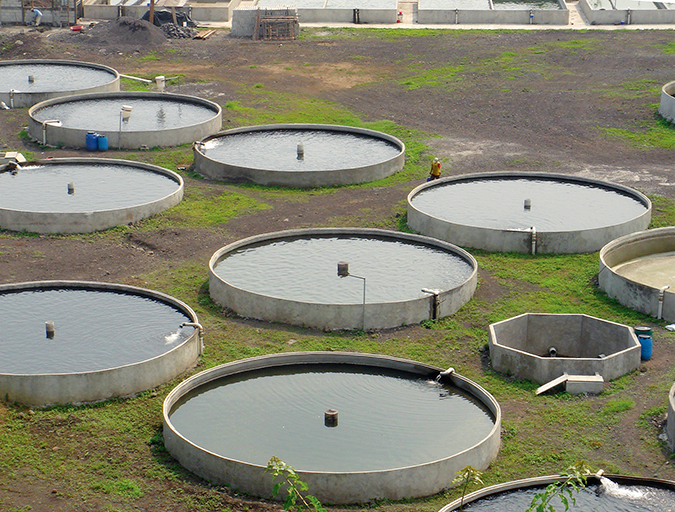
Responsibility
Calcium and magnesium use in aquaculture
Aquatic plants and animals get the essential nutrients calcium and magnesium from water and food. Calcium concentrations impact the hydration and development of eggs in a hatchery, where calcium carbonate precipitation can be troublesome.
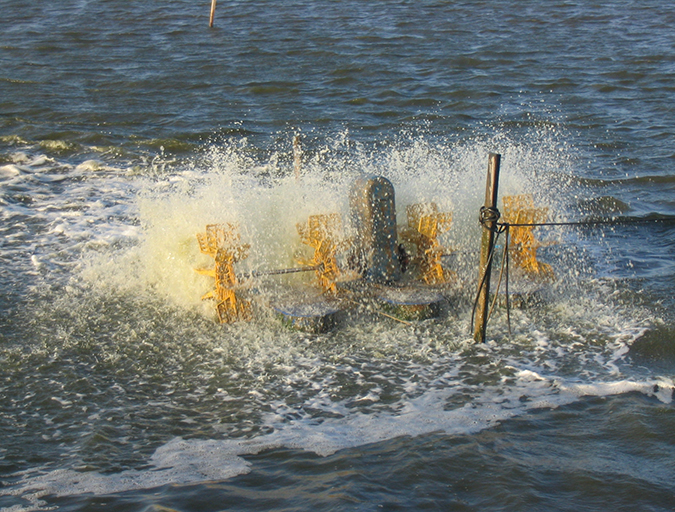
Responsibility
Does Coriolis force impact aerator placement in aquaculture ponds?
The Coriolis effect has no bearing on aerator placement and aquaculture pond management. The most important consideration with mechanical aeration is to provide a sufficient amount to maintain adequate dissolved oxygen concentration.
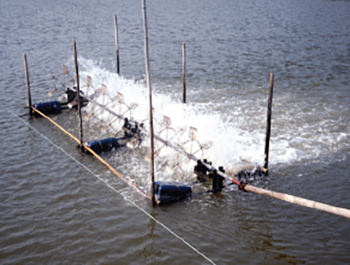
Responsibility
Efficiency of mechanical aeration
Although relatively expensive, mechanical aeration increases production. Asian-style paddlewheel aerators are widely used but are inefficient. Testing has led to more efficient designs that are now widely used in U.S. catfish and shrimp ponds.
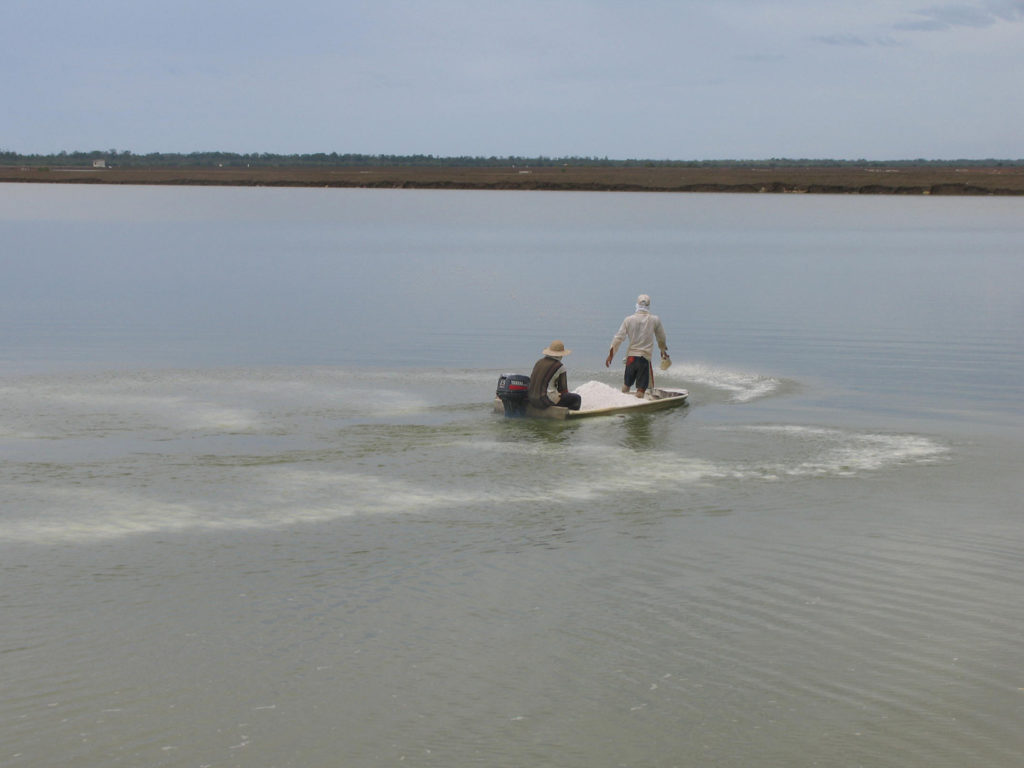
Health & Welfare
Lime plays crucial role in aquaculture pond management
Agricultural limestone is widely used to improve pH and alkalinity in aquaculture ponds. There is considerable use of lime in aquaculture to disinfect pond bottoms and water, to attempt to control pH, and various other reasons.


